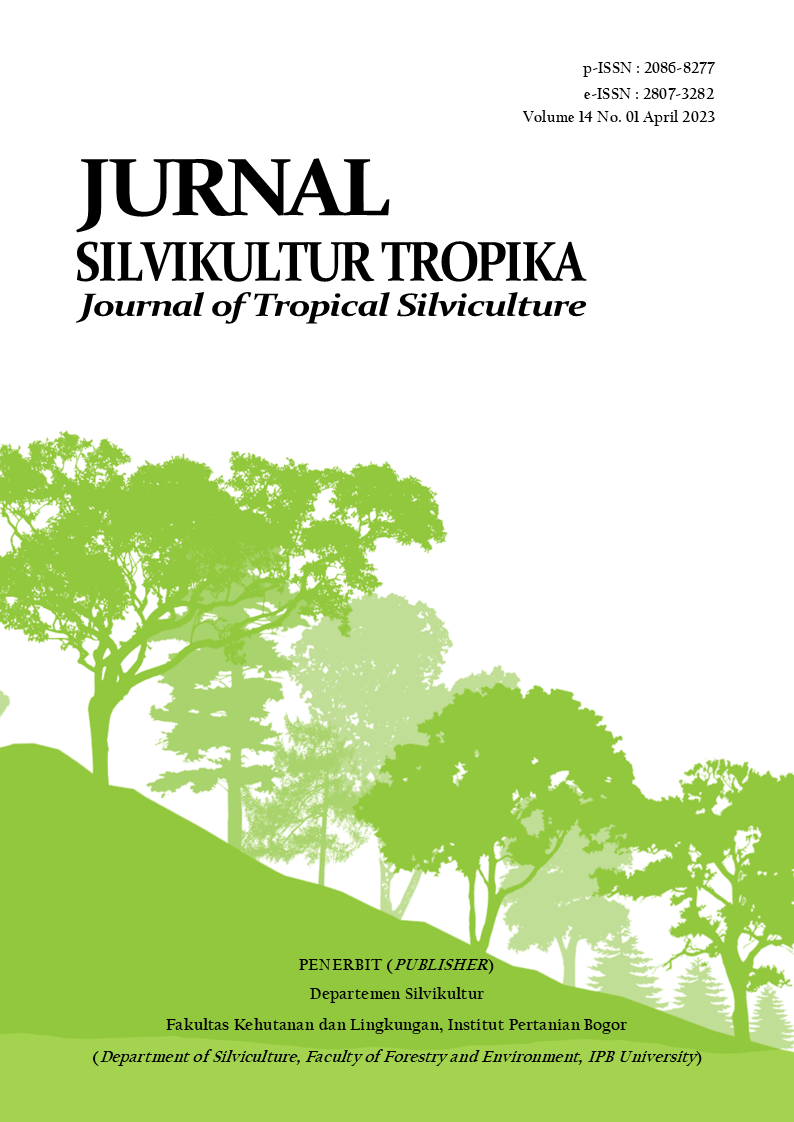Analisis Hotspot dan Area Bekas Terbakar di Kabupaten Sumba Timur Provinsi Nusa Tenggara Timur
Abstract
East Sumba District is one of the provinces in Indonesia that has low rainfall intensity resulting in a prolonged dry season make it is very vulnerable to fire hazards. This study aims to identify the distribution of hotspots and analyze the effect of annual rainfall intensity on the distribution pattern of hotspots in East Sumba District in 2015 and 2019. The data used in this study are hotspots from MODIS Terra/Aqua satellite imagery, administrative area data in spatial form, from BIG, land cover data from KLHK, and rainfall data from CHIRPS. The results showed that the number of hotspots in 2015 was 148, with the highest number of hotspots occurring in savanna/grassland land cover is 89. In 2019 there were 164 hotspots with the highest distribution in savanna/grassland land cover types. The area burned in 2015 in East Sumba District was 46.565, in 2019 it was 51.595 hectares. The lowest rainfall occurred in September 2015 was 5.9 mm and the highest rainfall occurred in January 2019 was 328 mm.
Keywords: forest and land fires, hotspot, rain fall, land cover, Sumba Timur District
Downloads
Copyright (c) 2023 Ati Dwi Nurhayati, Fazil Azhar

This work is licensed under a Creative Commons Attribution 4.0 International License.










